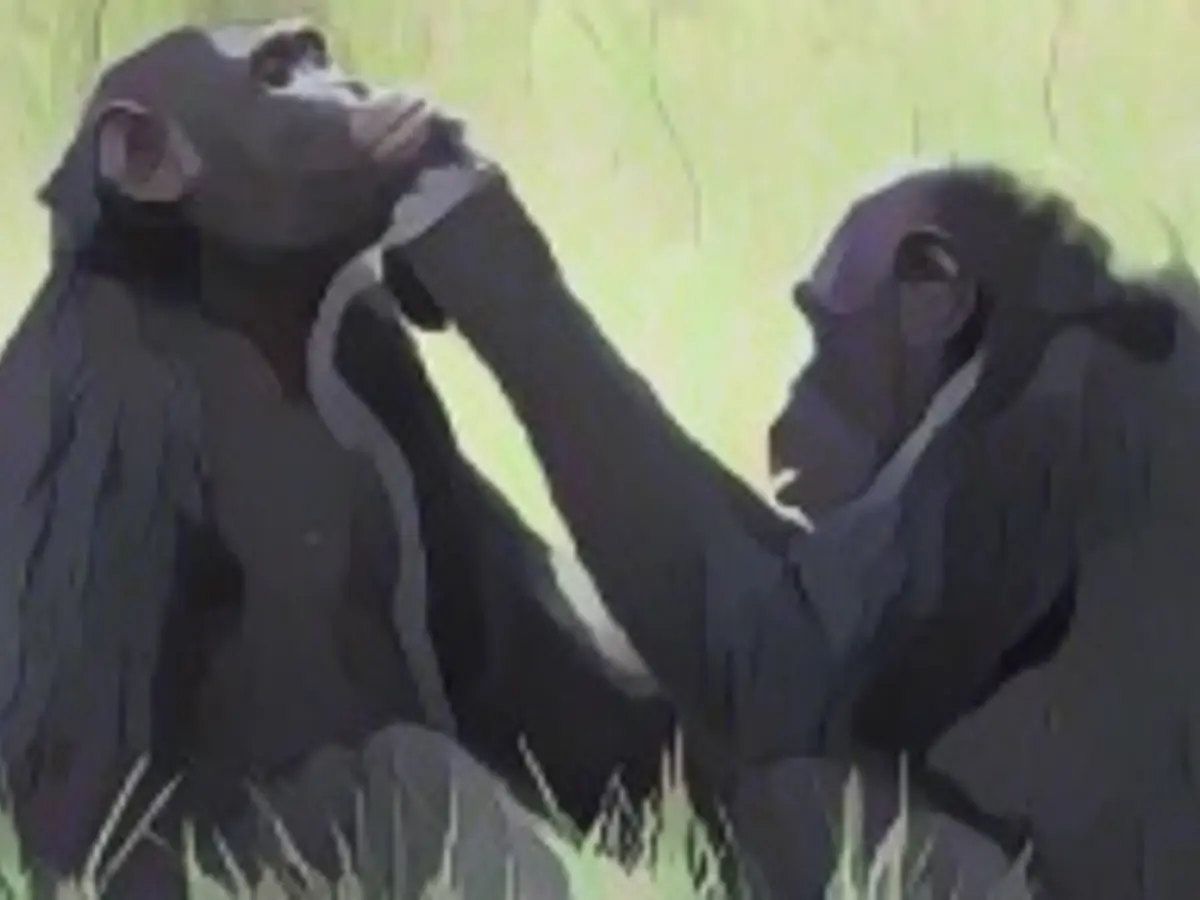World's first sighting: Orangutan applying medicinal plant to its injury
A male Sumatran orangutan named Rakus treated a wound on his face by chewing leaves from a plant called Akar Kuning and applying the liquid to it. Subsequently, he covered the wound with the masticated leaves. Akar Kuning is used in traditional medicine to cure ailments such as dysentery, diabetes, and malaria, according to a paper published in Scientific Reports.
The researchers behind the study, led by Isabelle Laumer from the Max Planck Institute of Animal Behavior, were thrilled by their findings. These discoveries were made in June 2022 at the Suaq Balimbing research area located in Gunung Leuser National Park, Indonesia. This is remarkable because while other wild primate species have been observed ingesting, chewing, or brushing themselves with medicinal plants, none have been seen using them to treat fresh injuries.
Laumer and her team noticed that Rakus intentionally used the plant to heal his wound, going through a process that took several minutes. This indicates a novel application of a medicinal plant in a great ape species.
The researchers suspect that Rakus sustained the injury during a fight with another male orangutan, as such incidents are uncommon in the area due to high food availability, social cooperation among orangutans, and sturdy social hierarchies. With a scarcity of wounds, the researchers have limited chances to witness this behavior.
Among the possible explanations for how Rakus learned to treat his wound, one theory is accidental self-discovery. The orangutan may have unwittingly touched his wound while feeding on the plant, experiencing instant pain relief owing to its analgesic properties, causing him to continue the behavior.
Another plausible explanation is that he acquired the knowledge through observing other orangutans in his territory.
These findings offer valuable insights into the presence of self-medication among our closest relatives, hinting at the evolutionary roots of wound treatment. Laumer expressed hope that this study will prompt further investigations into the healing practices of injured orangutans and emphasize their endangered status.
"We are more similar than different," she said, calling for a heightened awareness of their plight in the wild.
Stay tuned to Wonder Theory for more exciting discoveries in science!

Read also:
- This will change in December
- Dikes withstand water masses so far - Scholz holds out the prospect of help
- Fireworks and parties ring in 2024 - turn of the year overshadowed by conflicts
- Attacks on ships in the Red Sea: shipping companies avoid important trade route
The discovery of Rakus' medicinal plant usage in Asia adds to the worldwide understanding of primate self-medication practices. This innovative use of Akar Kuning by great ape species has the potential to inspire further research on wound treatment in endangered orangutan populations.
Source: edition.cnn.com







